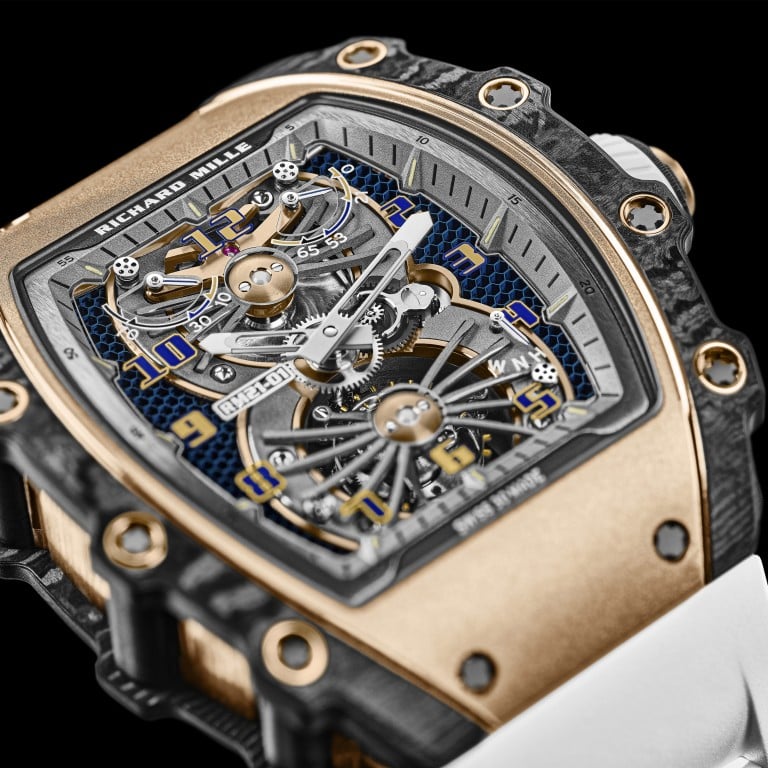Why are waiting lists for luxury watches getting even longer? Collectors can queue up to 10 years for the most exclusive Rolex, Patek Phillipe or Audemars Piguet

- Why are watches so hot today? More millionaires in the world – who invest in timepieces as they do cars and art – and more customers splurging on fashion instead of travel amid the pandemic
- Often, only VIPs with a strong purchase history with the brand can buy the most in-demand Swiss watches as companies combat flippers and a thriving second-hand market
The Rolex Daytona, Patek Philippe Nautilus and Audemars Piguet Royal Oak are three of the world’s most popular watches at the moment – with waiting lists up to 10 years long at many retailers. In fact, the way things are, you won’t even get on a list unless you are already a VIP client with a substantial purchase history or are extremely well connected in other ways.
For these highly desirable brands, substantial waiting periods are also spilling over into many other, if not all models – and the situation is global. Forget about travelling to Switzerland to have a better chance to pick up the most popular timepieces.

“I tell retailers, you have to work with your local clientele, don’t sell a Nautilus to tourists. Sell them another item, but keep the hot items for your local clients. This is logical for me, this is a good strategy,” said Thierry Stern, president of Patek Philippe, at this year’s Watches and Wonders, hosted in Geneva in April.

But how have we got here? Let’s start with basic economics. There is more wealth around. By mid-2021, there were more than 56 million millionaires – a number that has almost doubled in the last decade, and continues to rise. Among millionaires old and new, watches have become extremely coveted assets, alongside cars and art. During the pandemic people could not spend money on travel and events, so many moved on to watches, plus a lot more young customers began buying more expensive products.
As Mikael Wallhagen, head of watches for Sotheby’s Europe, puts it: “It is human behaviour to want what we cannot have.”
This situation has created an expensive second-hand market driven by those who want to make a quick buck by buying up models and selling them through various websites. For several models you can get more than three times the retail value just minutes after you walk out of the shop with them. This grey market is something that both retailers and brands are fighting tooth and nail.

“We buy back 300 pieces every year from the market to check – who did I sell it to?” says Stern. “When I know we have the info, I will ask the retailer: ‘How come you sold to this gentleman who sold it right away? Did you know him? Who was he?’ If I realise that the retailers didn’t care or, worse, made money on it, then there are sanctions. And such sanctions can go from stopping delivery for a few months to totally closing accounts. So they know that if you play this game there is also a price to pay.”

Beyer Chronometrie, the oldest retailer of Swiss watches, with roots stretching back to 1760, changed its practices to repel flippers. Unknown walk-ins can’t put their name on a waiting list any more, and Rolex clients have to sign a document saying they will not sell their new watch in the next three years.